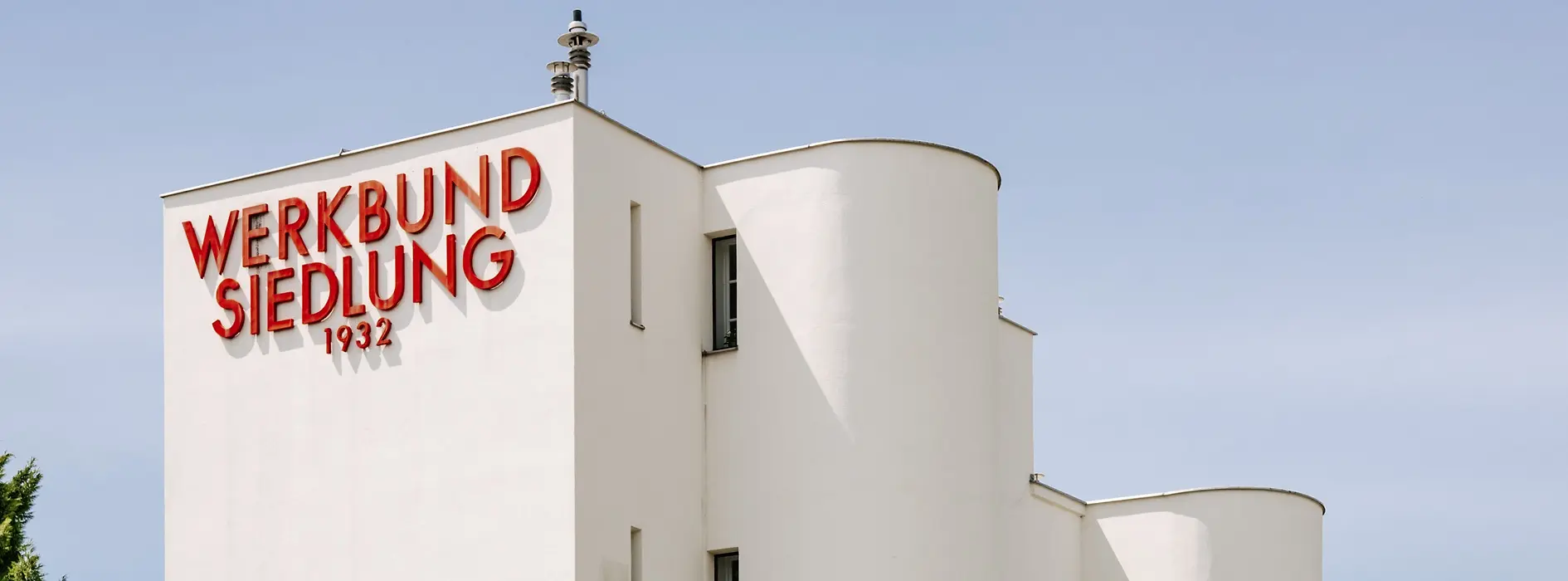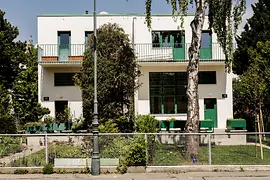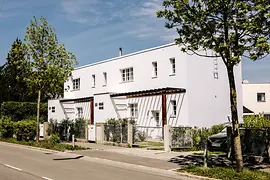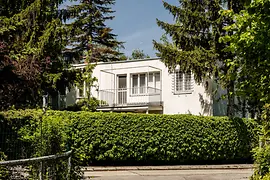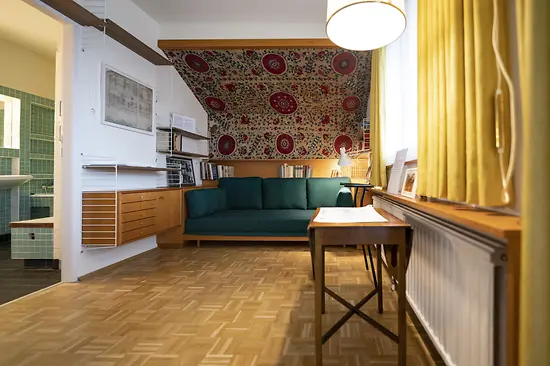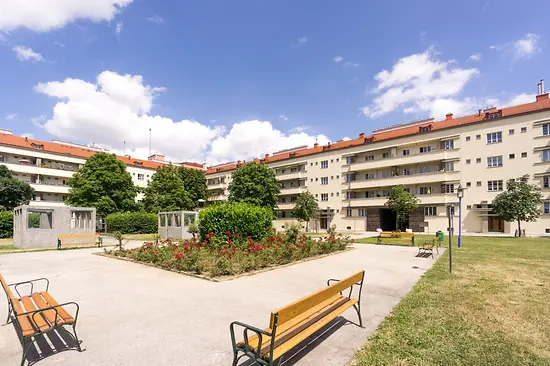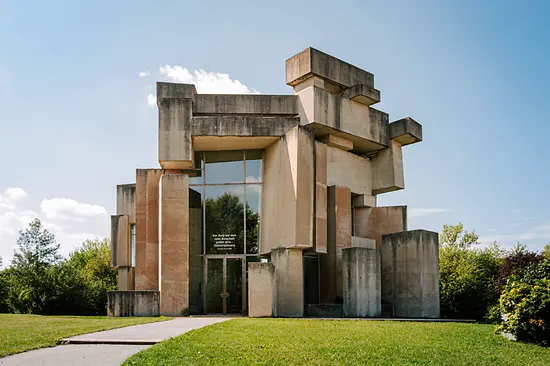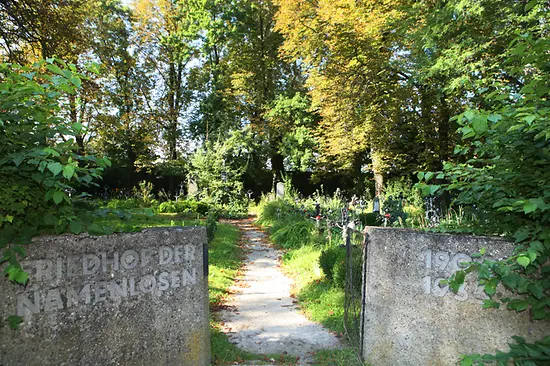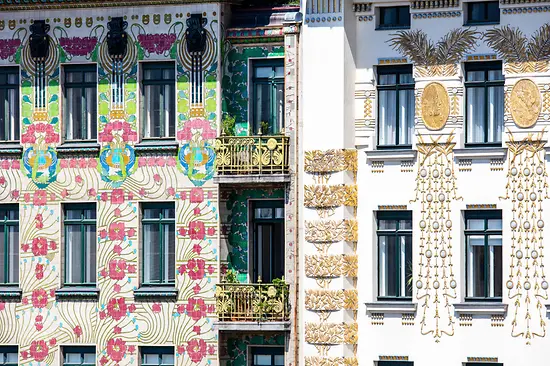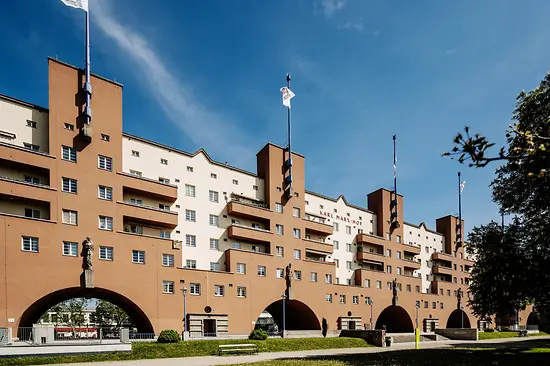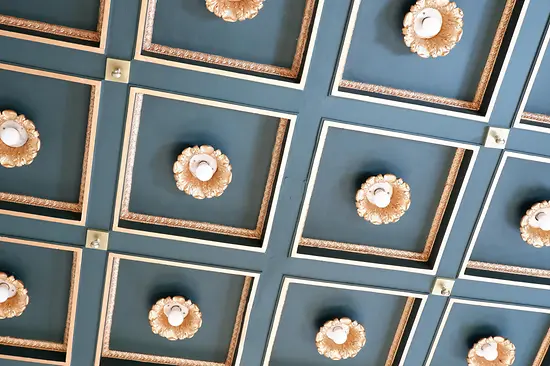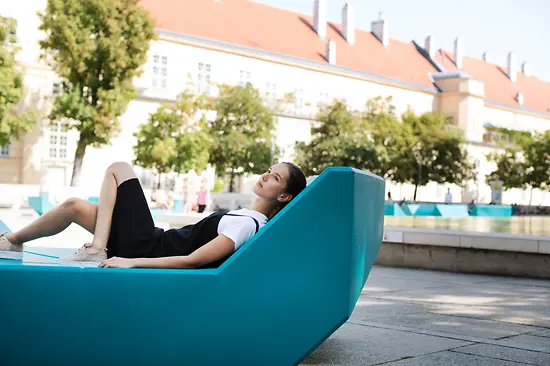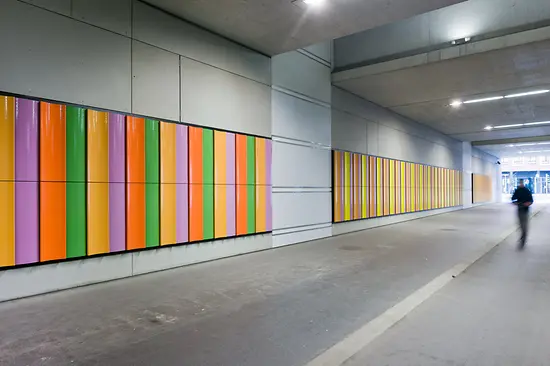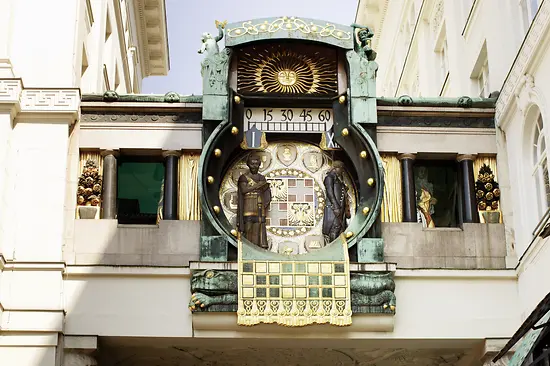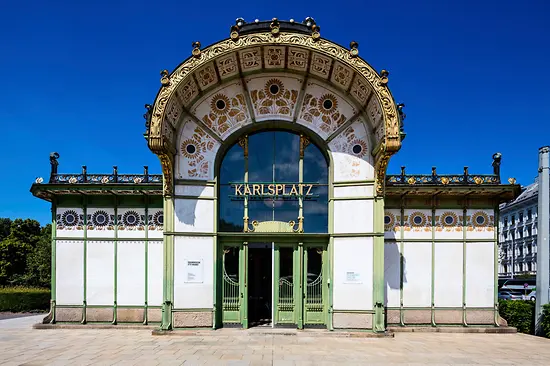Werkbund Estate
Fancy an architectural gem off the beaten track? The Werkbund Estate in the outlying district of Hietzing is the best place in Vienna to experience visionary buildings of classic Modernism in compact form. The estate was built between 1929 and 1932 as an ensemble of 70 single-family houses based on the model of the Stuttgart Werkbund Estate. Over 30 architects were invited at the time to participate in the Vienna Werkbund Estate. The planners' task was to develop houses that were affordable to build an offered the greatest possible functionality in a small space.
Small is beautiful
The architects created something visionary. Because the complex conceived as a model housing estate was to be used as an advertisement for a new form of social housing. The Werkbund Estate was a counter-model to the monumental housing complexes of Vienna's social housing buildings, such as the Karl Marx Hof. Freely according to the motto: small is beautiful. A trip to the Werkbund Estate, which can be reached by bus from the U4 station Ober St. Veit, is worth it for many reasons. Of the 70 buildings originally constructed, 64 remain standing. They were renovated a few years ago with lots of attention to detail. What makes the Werkbund Estate special is that it is not a museum but an estate of lived-in single-family homes. It continues to be used for social housing. Here, you can catch a glimpse of Viennese residents in the front garden. Even more noteworthy is the fact that all the great names of the time can be found amongst the architects.
Influential project manager
The most radical representative of early Modernism in Austria, Adolf Loos, contributed two notable semi-detached houses. Josef Hoffmann also created four residential units. He had already created design impulses at the turn of the previous century in Vienna and knew how to move with the times. The list is long: Richard Neutra, who later made a big career for himself in the United States, worked on the Werkbund Estate, as did Clemens Holzmeister. The project was managed by Josef Frank. Frank is considered to be one of the most influential designers of the 20th century. In particular, he caused a sensation with his designs for furniture, fabrics, wallpapers and all sorts of everyday items on behalf of the Swedish company Svenskt Tenn. A rare event for that time was the involvement of a female architect, Margarete Schütte-Lihotzky.
The charm of Modernism
Of course, it is not only the structural results that make the Werkbund Estate particularly charming. The general arrangement of the houses, which is ultimately due to the site's slightly sloping topography, exudes a special charm. Curved paths lead through the estate; they meet each other in the middle of the angular plot and invite people to stroll around and discover this panopticon of classical Modernism. Sadly, the idea of the Werkbund Estate never made it in grand style. It remained one of a kind.
- Woinovichgasse 8, 1130 Wien
- https://www.werkbundsiedlung-wien.at
